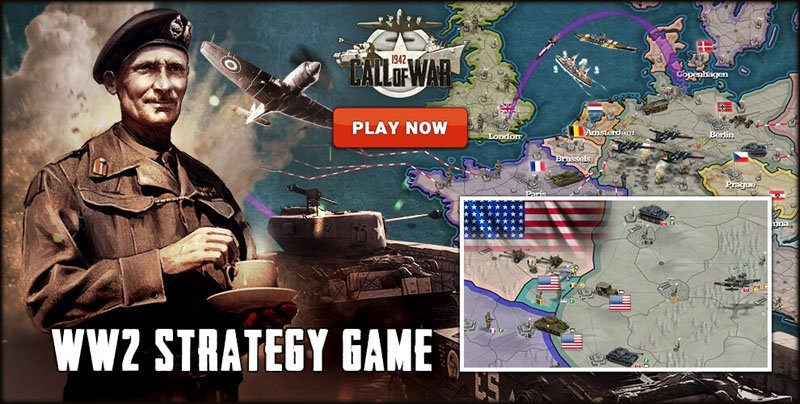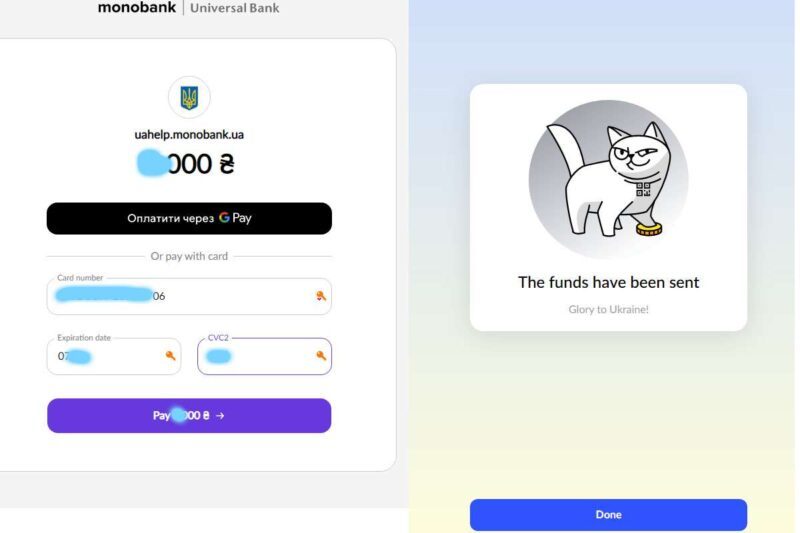Draw Betting Strategy, Explanation & Tips.
Anyone who wants to place a bet at new non GamStop bookmakers for sports betting in the classic 3-way system usually has their sights set on either a home team win (tip 1) or an away team win (tip 2). A draw, on the other hand, is relatively rarely predicted. And betting on a draw in the Premier League is actually a bit of a different story. Statistically speaking, around 25% of all matches end in a draw – sometimes more, sometimes less. Applied to the microcosm of a single matchday, this means that on three out of four matchdays, two matches will end in a draw, and on the fourth matchday, three matches will be drawn. Therefore, if every match is tipped with an X for a draw, the end result would be a hefty loss, because experience shows that the odds for a draw rarely exceed 4.00.
Conversely, they are never below 3.00, but mathematically speaking, you won’t quadruple your stake, which would be required with a probability of approximately 25%. The “X” that stands for a draw is therefore commonly seen as the “X” that stands for a dud. This is precisely the tip that often thwarts the betting slip, or which relatively certainly leads to a loss – precisely because a draw is often the result of various factors in a match that are difficult to predict. Therefore, betting specifically on a draw seems far less practical than, for example, choosing one of the other two options in a classic 3-way system in a direct match. This makes even a surprise victory for the underdog potentially easier to predict.
But is that really the case? Or is betting on a draw in the Premier League perhaps a very underrated discipline in sports betting? That’s exactly what we want to explore and find out in today’s Premier League sports betting guide. After all, it’s also clear that the “X” on the map marks the treasure. So, theoretically, anyone who can identify situations in which a draw is highly likely should already make a profit if just one out of three draw bets comes true. We’ll now show you why this is the case and what a corresponding Premier League draw betting strategy looks like.
Premier League Draw Betting at Non GamStop Bookmakers – Explanation
There’s really not much to explain about Premier League draw bets. A draw is hidden behind “Tip X,” which is offered as a middle option between Tip 1 (home team win) and Tip 2 (away team win) in the classic 3-way system. Virtually no non-GamStop bookmaker requires you to open the additional betting markets alongside the Premier League matches to place a draw bet, as the three options—win, draw, and loss—are readily visible and clickable everywhere.
The bet is fulfilled if there is no winner after the referee’s final whistle, i.e. both teams have scored the same number of regular goals. This is commonly referred to as point sharing, although in the broadest sense, this is no longer the case these days. A win awards three points, while a draw earns both teams one point. Point sharing only existed until the 1995/96 season, when the three-point rule was officially introduced worldwide by FIFA. Incidentally, the pioneer in football was once again the motherland of football, namely the UK. There, in 1981, three points were awarded for each win for the first time in what was then the FA’s top division, instead of the previous two points.
Otherwise, there’s little to consider when betting on a draw in the Premier League. Only in competitions where extra time is possible is there a special rule that a draw bet always refers to the regular 90 minutes of play. Otherwise, betting on a draw would be completely impossible in the DFB Cup, where, as is well known, a winner must be determined in a single match without a return leg.
Why Are Draw Bets at Non GamStop Bookmakers Rarely Popular?
In general, betting on Premier League draws is extremely unpopular among both amateur punters and those who practice sports betting as professionally as possible. However, the reasons for this are very different for both groups. Check out also Lets Jackpot Casino Online Experience.
At least for casual punters, it should be quite obvious why betting on a draw is so rarely played. To understand this, we simply need to remember how casual punters approach sports betting. It’s rarely about wanting to make big profits; rather, it’s about bringing excitement and tension to a Premier League match that, under other circumstances, might not have been of any interest to them at all. Let’s assume that two teams are playing against each other in an evening game that the casual punter has absolutely no interest in. They may also be indifferent to the outcome because their team might play in a different league or be unaffected by the result of the match. Consequently, they are completely indifferent. And that is precisely the first step to a boring evening of football.
But if you place a bet on one of the two teams to win, the excitement begins. Emotions kick in. In short stories, you might even shout at the television to cheer the players of the team you don’t really care about to score the goal that would make your betting slip work. In short: suddenly you have a financial interest in that team winning. If you placed a bet on a draw instead, you would have to get annoyed about every goal and possibly change your supposed favorite several times. Something that is difficult from a psychological perspective. Let’s assume you bet on a draw in a game where you don’t care about the players or clubs involved. Now Team A is pressing Team B back and is having shot after shot on goal. Your sympathies will be with Team B. You will cheer for the goalkeeper, hoping that he keeps a clean sheet. But then Team B launches a counterattack and, out of nowhere, scores a goal of its own. Reason to celebrate? Normally, yes. Because of the draw bet, you should now actually be rooting for Team A and hoping that they can still beat Team B. If that happens, Team A will gain the upper hand, and you, in turn, would have to be rooting for Team B to avoid being crushed.






